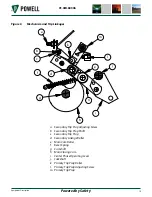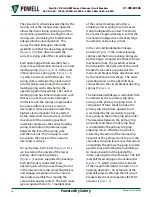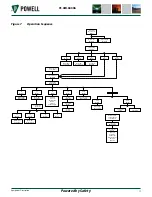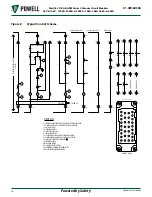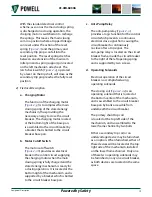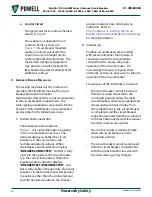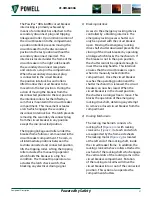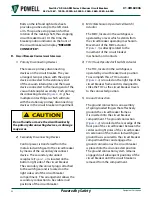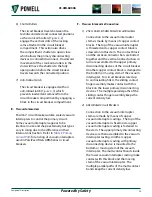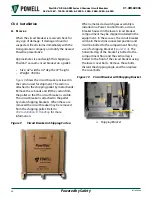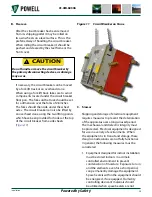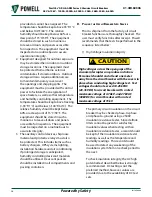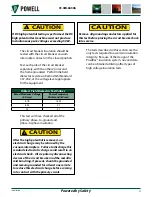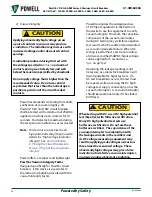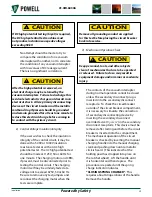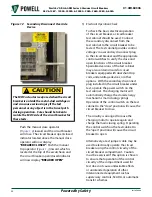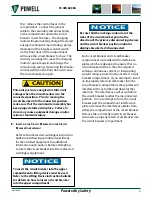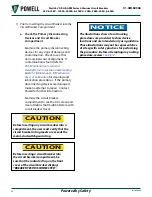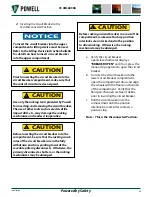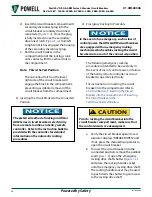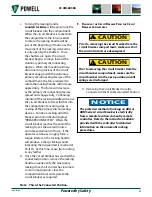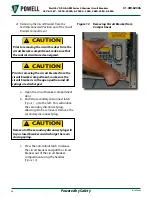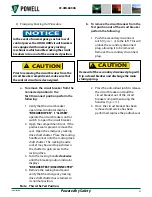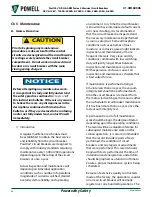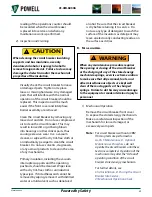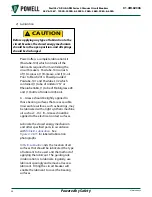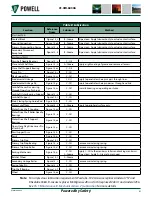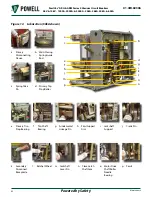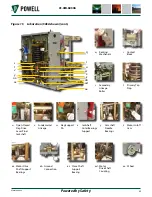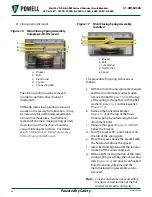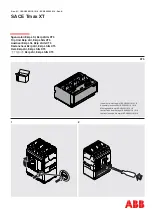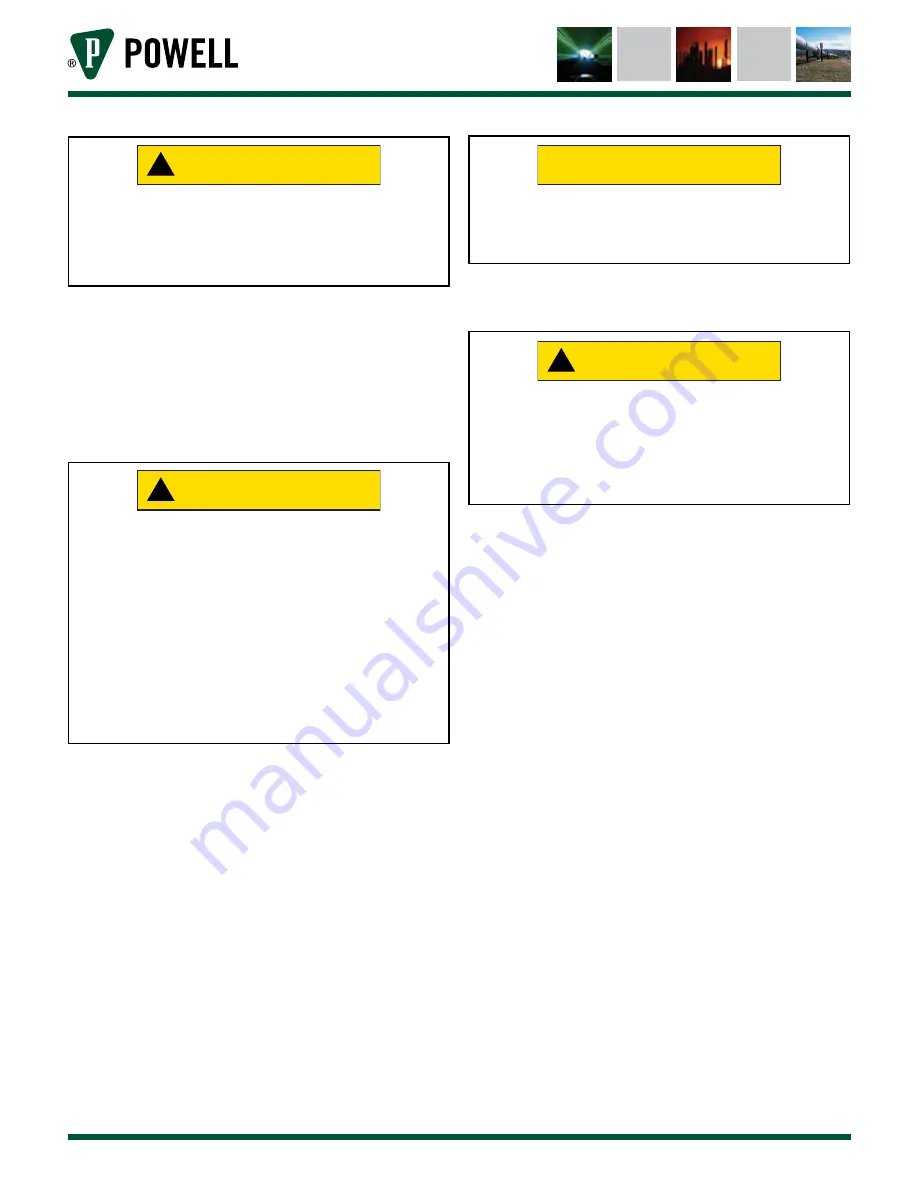
Powered by Safety
®
29
Installation
01.4IB.60306
If DC high potential testing (hipot) is required,
the DC high potential test machine must
not produce instantaneous peak voltages
exceeding 50kV.
!
CAUTION
No attempt should be made to try to
compare the condition of one vacuum
interrupter with another, nor to correlate
the condition of any vacuum interrupter
with low values of DC leakage current.
There is no significant correlation.
After the high potential is removed, an
electrical charge may be retained by the
vacuum interrupters. Failure to discharge this
residual electrostatic charge could result in an
electrical shock. All six primary disconnecting
devices of the circuit breaker and the metallic
mid band ring if present should be grounded
and remain grounded for at least one minute to
reduce this electrical charge before coming in
to contact with the primary circuit.
!
CAUTION
3) Control Voltage Insulation Integrity
If the user wishes to check the insulation
integrity of the control circuit, it may be
done with a 500V or 1000V insulation
resistance tester or with an AC high
potential tester. The AC high potential test
should be made at 1125V, 50 or 60 Hz for
one minute. The charging motor and CBM,
if present, must be disconnected prior to
testing the control circuit. The charging
motor itself may be similarly tested at a
voltage not to exceed 675V, 50 or 60 Hz.
Be sure to remove any test jumpers and
reconnect the charging motor when the
tests are complete.
Remove all grounding conductors applied
for this test before placing the circuit breaker
back into service.
CAUTION
4) Mechanical Operation Check
Keep personnel, tools, and other objects
clear of mechanisms that are to be operated
or released. Failure to do so may result in
equipment damage and/or minor or moderate
injury.
!
CAUTION
The contacts of the vacuum interrupter
during normal operation cannot be closed
unless the secondary disconnect plug is
inserted into the secondary disconnect
receptacle. To check the circuit breaker
outside of the circuit breaker compartment,
it is necessary to simulate the connection
of secondary disconnecting device by
inserting the secondary disconnect
override device (
) in the secondary
disconnect receptacle. This device must be
removed after testing and before the circuit
breaker is inserted into the compartment.
The mechanical operation of the circuit
breaker is checked by inserting the manual
charging handle into the manual charging
crank and pushing down until a metallic
click is heard. (This indicates that the
holding pawl has dropped into place on
the ratchet wheel). Lift the handle until
it is horizontal and then depress. The
procedure is repeated until the spring
charge indicator indicates
“CLOSING SPRING CHARGED”. This
requires about 60 operations of the handle.
Remove the handle.

